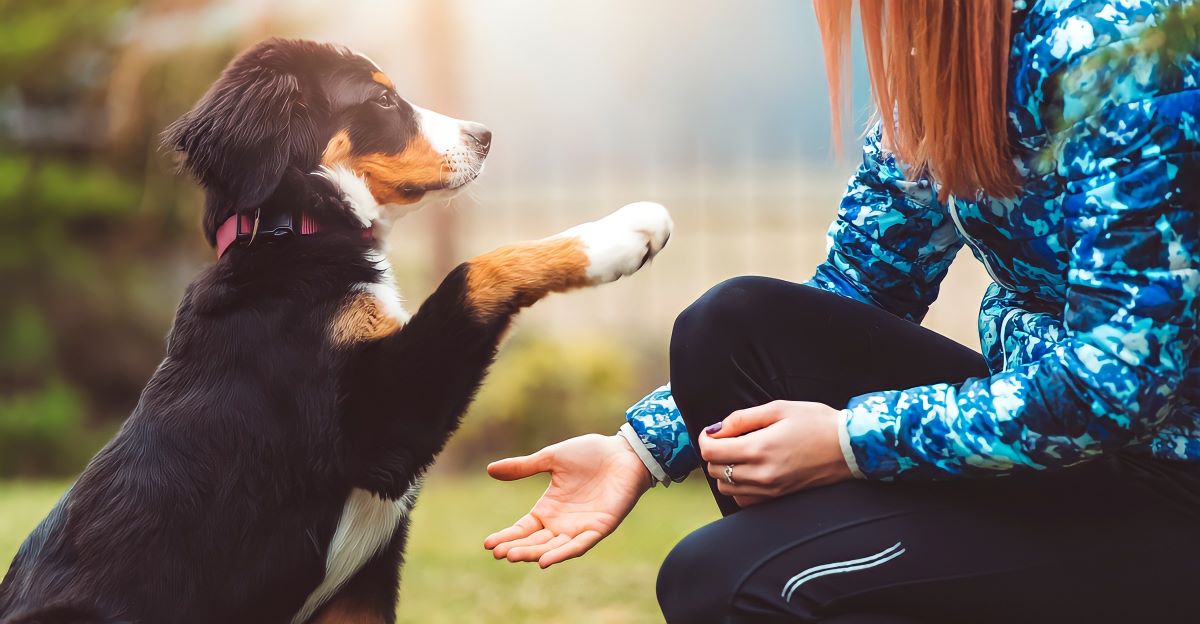
Introducing a new puppy into the home can be a whirlwind experience and comes with new learning curves for both pup and human. The biggest things to consider are house training, household manners, and socialization. Therefore, training your puppy during the appropriate stages of development is crucial in creating a well-adjusted and well-behaved adult dog. So the question becomes: when can puppies start their training, and what are the key learning milestones?
Benefits of Training
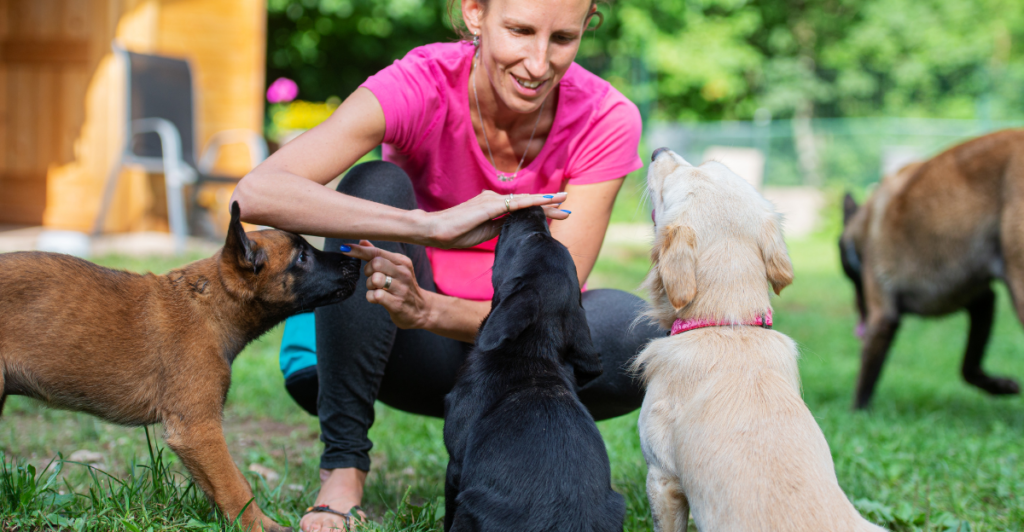
Puppies learn from every waking moment, and every interaction with them serves as a form of training. This is perhaps why it is wildly believed that puppies are easier to train than older dogs, as they are inherently quick learners. Training facilitates a stronger bond, promotes socialization, helps to prevent behavioral issues, and enhances communication. Further, it has psychological benefits for both puppies and owners, as it can reduce anxiety.
The Importance of Early Socialization
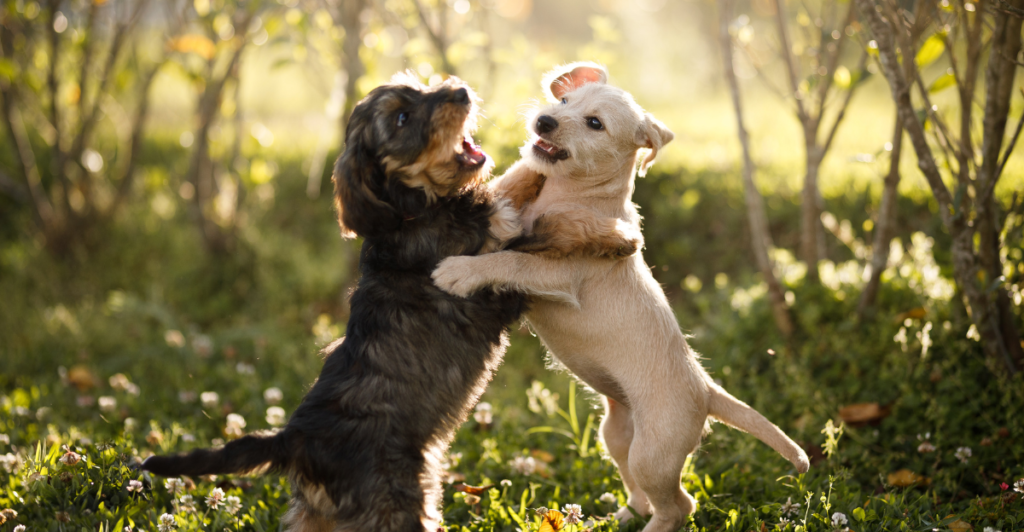
Early socialization occurs between three and 16 weeks of age and is crucial for developing well-adjusted, confident, and friendly adult dogs. This training becomes important because it reduces the risk of bad behavior, increases confidence and adaptability, and improves social skills when interacting with humans and other dogs. Overall, early socialization essentially correlates with a healthier, well-rounded, and happy puppy.
1. Recognizing Individuality
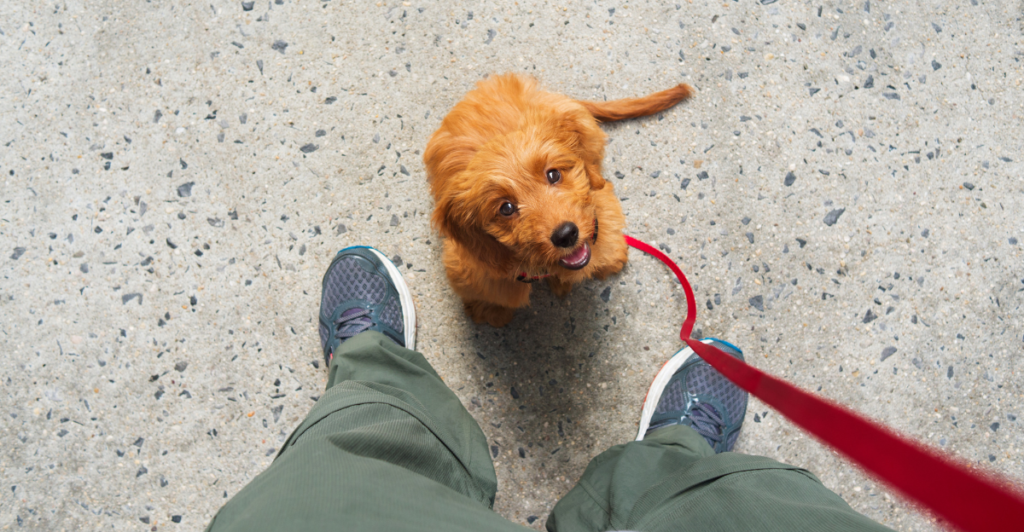
Each puppy is unique, so your training techniques, timelines, and methods need to be tailored to your puppy’s personality and learning pace. This will ensure a more effective and enjoyable experience and reinforce positive early experiences that will likely shape crucial development stages. Negative encounters during these stages can lead to lasting fears or behavioral issues.
2. The Critical Socialization Period
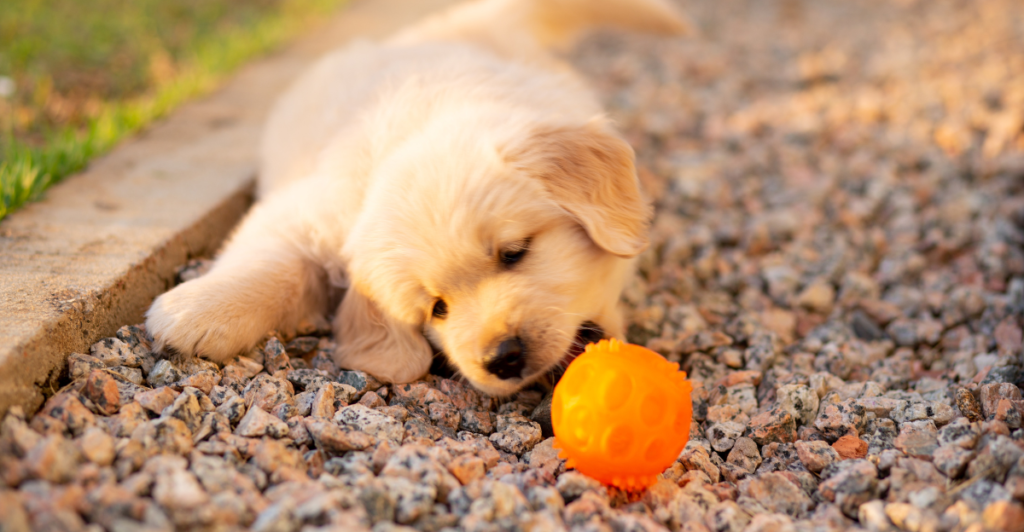
Between 8 and 16 weeks, puppies are highly responsive to new experiences. At three to five weeks, puppies become aware of their surroundings and start interacting with littermates. Now is the perfect time to introduce them to everyday household noises, various environments, people, and other animals to help them adapt and foster positive social behaviors.
3. Basic Commands and Impulse Control
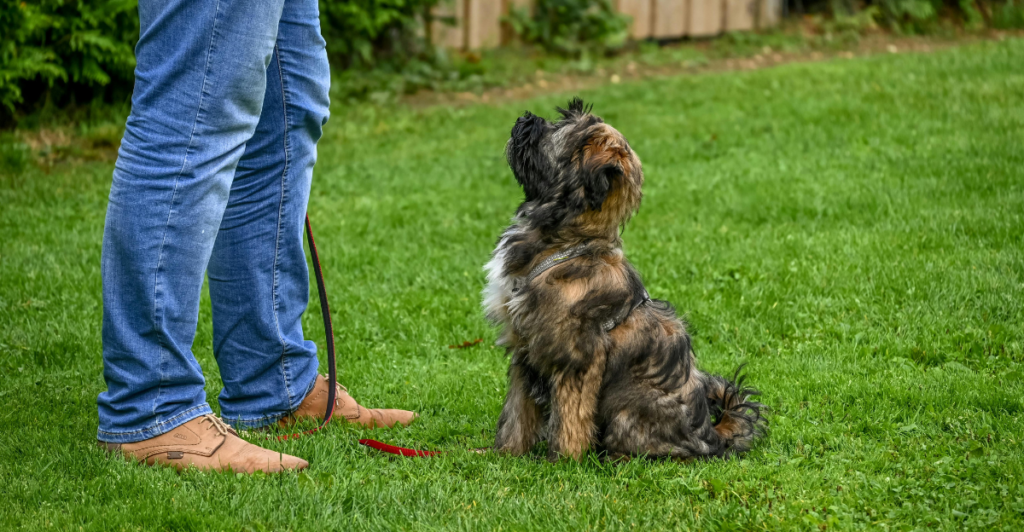
During the socialization period, basic commands, such as “sit” and “stay,” become very effective in teaching impulse control. In doing so, your puppy will become easier to handle and better mannered. When introducing these commands, do so consistently and in short, positive training sessions. You can take it a step further and teach commands, such as “leave it” or “drop it,” to teach self-restraint.
4. Housetraining
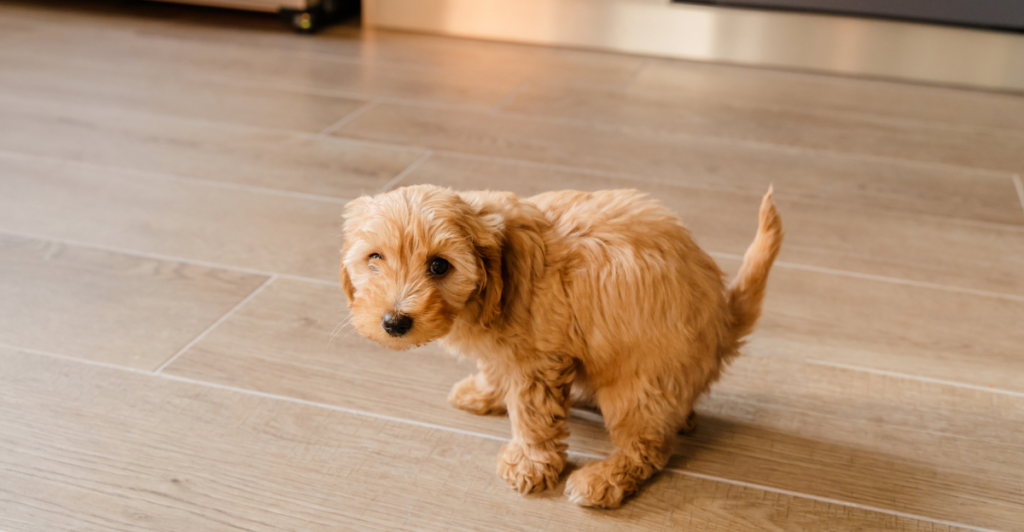
When your puppy is eight to 10 weeks old, it is time to start housebreaking and training. For this, it is important to remember that consistency and patience are key to housetraining. Therefore, you will need to establish a routine and reward desired behaviors so that your puppy will understand what behaviors to eliminate and where and when to do so.
5. The Role of Positive Reinforcement
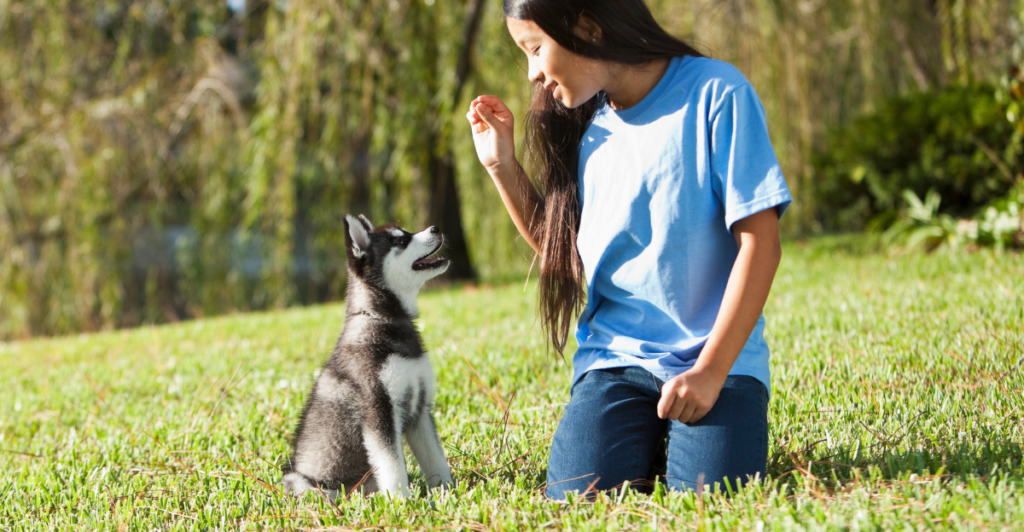
At three to six months, puppies are highly receptive to learning, therefore you can begin using positive reinforcement, such as treats and praise, to encourage good behaviors. It works wonders during this stage because it makes training sessions enjoyable and effective. With this training method in place, you can begin teaching more complex commands and introduce leash training.
6. Socialization with Other Dogs
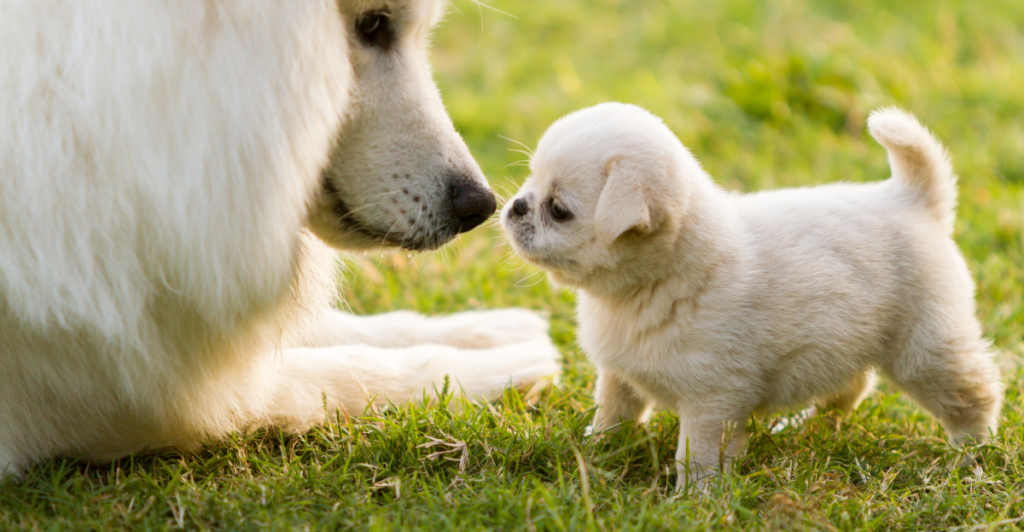
Once they reach six months, puppies may test boundaries during adolescence. At this time, consider reinforcing previous training to ensure consistency and prepare them for socialization with other dogs. Then, you can introduce your puppy to other dogs in a controlled environment. This type of training teaches them appropriate play and communication skills, reducing the likelihood of future aggression or fear.
7. Continued Training Beyond 16 Weeks
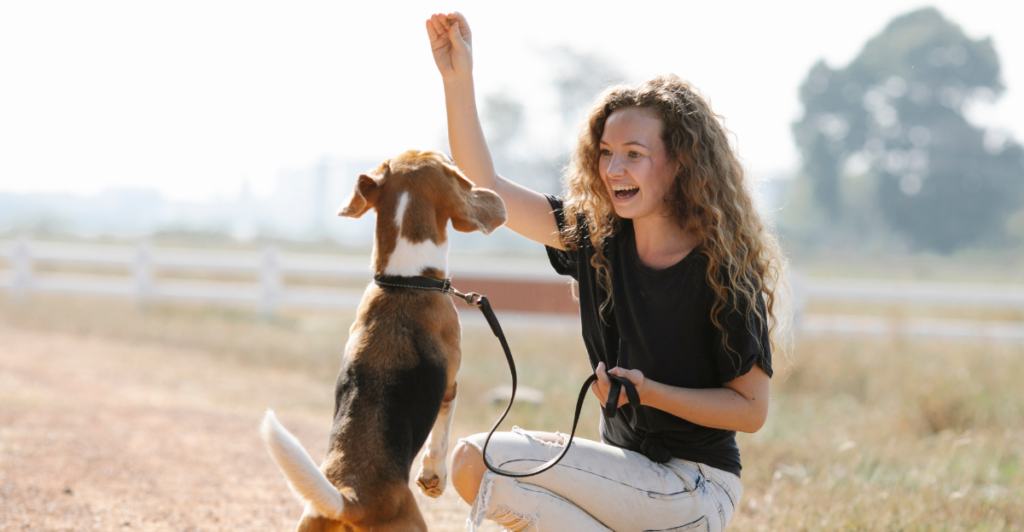
At 16 weeks, the initial socialization period technically over, however, this doesn’t mean that training should stop altogether either. Continuing to reinforce learned behaviors positively and introducing new challenges, commands, and training can keep your puppy mentally stimulated, especially if you have a high-energy breed. It is important to remember that training is an ongoing process throughout your dog’s life, as it is essential to maintaining good behavior and a strong bond.
8. Exposure to Various Environments
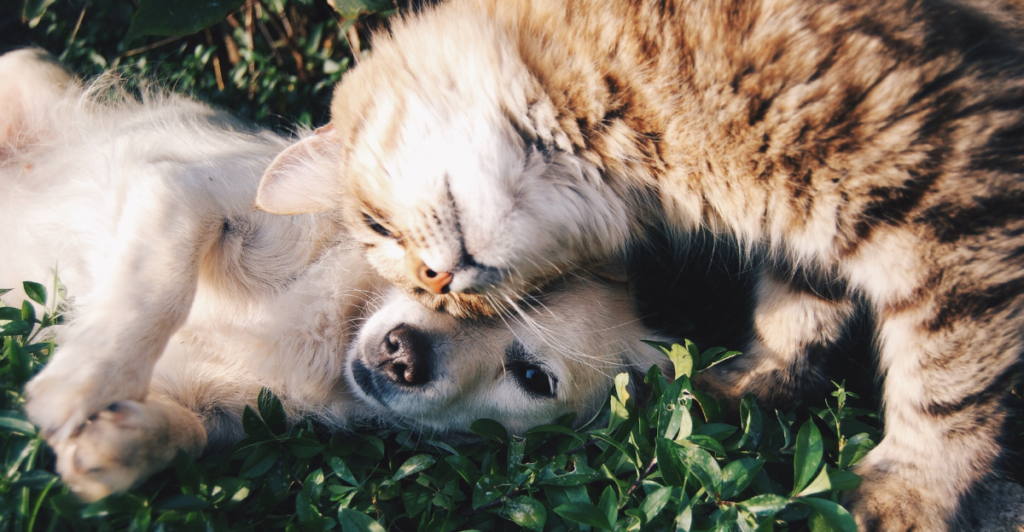
By 12 months, your dog has reached physical maturity, however, this does not mean you can stop training. In fact, it’s time to begin introducing them to environments outside of your regular routine. Gradually exposing your puppy to different settings, sounds, and surfaces builds their confidence and adaptability, making them well-rounded, well-behaved, and happier companions.
When Puppy Training Has Gone Wrong

A lack of proper training can result in a number of behavioral issues that affect not only your puppy but also your home, lifestyle, and health. Therefore, when puppies are not effectively trained, they display behaviors such as inappropriate chewing, high-energy behaviors such as manic running, generalized destructiveness, aggression, and non-responsiveness.
The Key to a Happy Pup
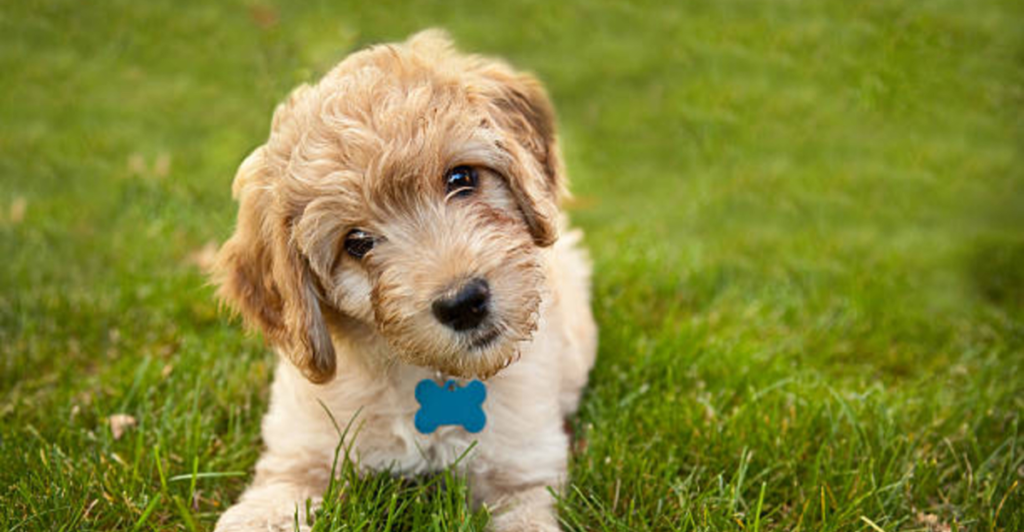
With patience, consistency, and love, you and your puppy can enjoy a fulfilling life together. To achieve this, be sure to train your puppy early, consistently, and using the right method (tailored to your pup). The benefits will result in a well-rounded, healthy, emotionally stable, and safe dog.
Explore more of our trending stories and hit Follow to keep them coming to your feed!

Don’t miss out on more stories like this! Hit the Follow button at the top of this article to stay updated with the latest news. Share your thoughts in the comments—we’d love to hear from you!







